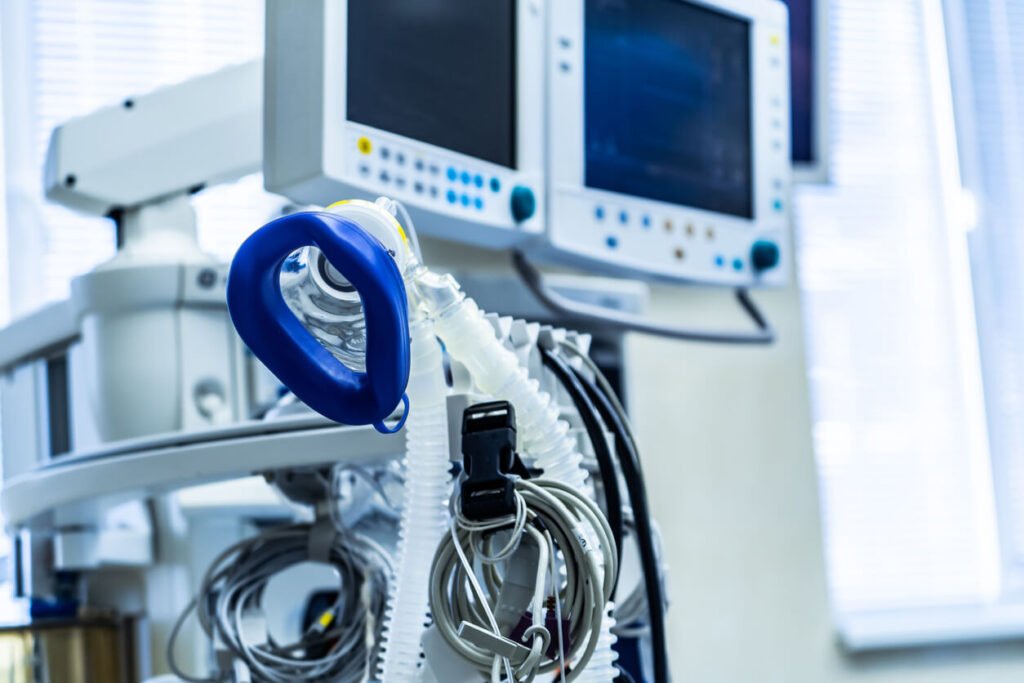In today’s fast-paced world, technology and electronic devices have become an integral part of our daily lives. From smartphones and kitchen appliances to medical equipment and automotive devices, faulty devices can pose serious risks to consumers. When a device malfunctions and causes harm, understanding liability for faulty devices becomes crucial for both consumers and manufacturers.
In this article, we will delve into the concept of liability for faulty devices, the laws that govern product liability, and what steps consumers and manufacturers can take to protect their interests.
Also Read: Understanding Product Recall Laws

What is Liability for Faulty Devices?
Liability for faulty devices refers to the legal responsibility that manufacturers, retailers, and other parties in the supply chain have when a defective or hazardous device causes injury or harm to consumers. This liability can arise from a range of issues, including design defects, manufacturing defects, and inadequate warnings or instructions.
When a faulty device causes harm, the party responsible for the defect may be held legally liable for damages. This could result in compensation for medical bills, pain and suffering, lost wages, or other related costs. Understanding who is liable and the legal principles behind liability for faulty devices is essential for ensuring that consumers’ rights are protected.
Types of Defects That Lead to Liability
The liability for faulty devices can stem from different types of defects. Let’s explore the three main categories of defects that can lead to legal responsibility:
1. Design Defects
A design defect occurs when the product is inherently unsafe due to poor design, even if it is manufactured properly. This means that the device was dangerous from the very start of its development. If a product’s design flaw results in harm, the manufacturer may be held liable.
For example, a car that has a defect in its braking system due to a poor design would be considered dangerous, and the manufacturer could be held liable if the defect leads to an accident.
2. Manufacturing Defects
Manufacturing defects occur during the production process when a device deviates from the intended design. While the overall design may be safe, something goes wrong during production, resulting in a faulty device. This can occur due to human error, mechanical failure, or problems with materials.
For instance, if a smartphone has faulty wiring due to a production mistake, and it leads to an electrical fire, the manufacturer could be held liable for the harm caused by the defective device.
3. Marketing Defects (Failure to Warn)
Marketing defects refer to situations where the manufacturer fails to provide adequate warnings, instructions, or safety guidelines for using a product. Even if the device is safe in itself, a lack of proper instructions or warnings can lead to accidents or misuse.
If a kitchen appliance lacks clear safety warnings, and a consumer is injured because of the oversight, the manufacturer could be liable for the accident.

Who is Liable for Faulty Devices?
When it comes to liability for faulty devices, it’s important to understand that several parties may be held responsible, depending on the circumstances of the defect. Let’s explore who can be held liable:
1. Manufacturers
The primary party responsible for the safety of a product is the manufacturer. If a device is defectively designed, manufactured, or marketed, the manufacturer is typically the one to bear the responsibility for the harm caused. This holds true even if the manufacturer outsourced production to a third party.
2. Retailers and Distributors
Retailers and distributors may also be held liable for faulty devices, particularly if they were aware of the defect and failed to remove the product from shelves. However, their liability is often less than that of the manufacturer.
For example, if a store continues to sell a defective product after being informed of a recall, it could be held responsible for any injuries caused by the device.
3. Suppliers and Component Manufacturers
In some cases, the supplier of components used in a device may also bear responsibility for defects. For instance, if a faulty battery in a smartphone causes an explosion, the company that supplied the battery could be held liable for the defect, along with the phone’s manufacturer.
4. Third-Party Repair Services
If a third-party repair service modifies or repairs a device improperly, leading to injury, they may also be held liable for the resulting damages. If a faulty repair leads to an accident, the consumer may have a case against the repair service for negligence.
Product Liability Laws and Legal Theories
In the event of a malfunction or injury caused by a faulty device, several legal theories can apply to determine liability. These legal concepts are crucial in understanding liability for faulty devices:
1. Strict Product Liability
Strict product liability means that a manufacturer or other responsible party can be held liable for injuries caused by a defective product, regardless of whether they were negligent. In other words, even if the manufacturer took all reasonable steps to ensure the product was safe, they could still be held liable if the product was defectively designed, manufactured, or marketed.
2. Negligence
Negligence occurs when a manufacturer or seller fails to take reasonable steps to ensure the safety of a product. This could include failing to properly test the product or using substandard materials. If the manufacturer’s negligence caused harm, they could be held liable under this theory.
3. Breach of Warranty
A breach of warranty occurs when a manufacturer or seller fails to uphold the promises made regarding the safety and functionality of a device. This includes express warranties (written promises) and implied warranties (implied assurances that the product will be safe for use).
If a manufacturer guarantees that a device is safe, but it turns out to be defective, the consumer may have a case for breach of warranty.

What to Do if You Are Injured by a Faulty Device?
If you’ve been injured by a faulty device, it’s important to take certain steps to protect your rights:
1. Seek Medical Attention
Your health should always be the top priority. If you are injured by a faulty device, seek medical attention immediately, even if the injury seems minor.
2. Document the Incident
Take photos of the device and any injuries sustained. If possible, keep the packaging, receipts, and any relevant documentation related to the purchase of the product.
3. Report the Incident
Report the incident to the manufacturer or retailer, as well as to the appropriate regulatory body (such as the Consumer Product Safety Commission in the U.S.).
4. Consult an Attorney
If you believe the device was defective and you are entitled to compensation, consult with a personal injury attorney who specializes in liability for faulty devices. They can help you understand your rights and the legal options available to you.
Frequently Asked Questions (FAQs)
1. What is product liability?
Product liability refers to the legal responsibility of manufacturers, retailers, and other parties for any harm caused by defective or unsafe products. It covers design defects, manufacturing defects, and failure to provide proper warnings.
2. Who is responsible for a faulty device?
The manufacturer is usually responsible for a faulty device, but retailers, suppliers, and third-party repair services can also be held liable under certain circumstances.
3. What damages can I claim if I am injured by a faulty device?
If you are injured by a faulty device, you may be entitled to compensation for medical bills, lost wages, pain and suffering, and other related expenses.
4. How do I prove a product is faulty?
To prove that a device is faulty, you need evidence of the defect, such as photographs, medical records, and witness statements. Consulting with an attorney can help you gather the necessary evidence.
5. Can I sue for injuries caused by a defective product?
Yes, if you are injured by a defective product, you may be able to sue for damages under product liability laws. It is important to consult with a personal injury attorney to determine the best course of action.
Conclusion
Understanding liability for faulty devices is crucial for both consumers and manufacturers. When devices malfunction and cause harm, the responsible parties must be held accountable to ensure consumer safety. By understanding the different types of defects and legal principles involved in product liability, consumers can protect their rights and seek compensation for damages.
Manufacturers, on the other hand, must take proactive steps to design, test, and market their products responsibly to avoid liability. If you’ve been injured by a faulty device, seek legal assistance to help navigate the complexities of liability for faulty devices and ensure you get the compensation you deserve.
1 thought on “Liability for Faulty Devices: Understanding Your Rights and Responsibilities”